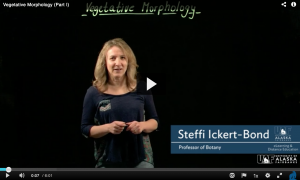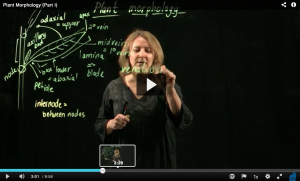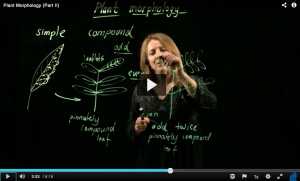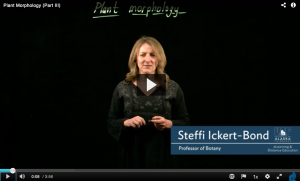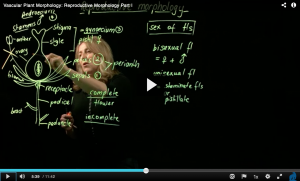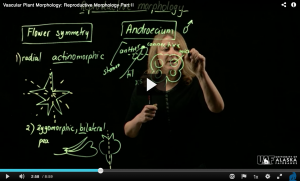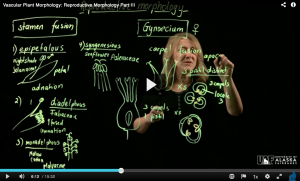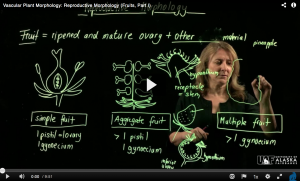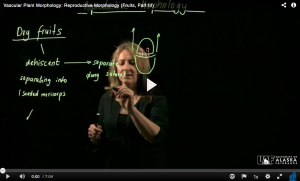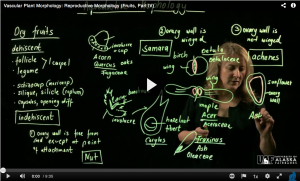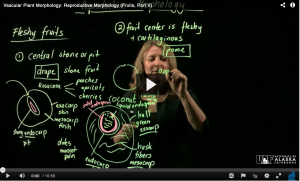17-23 June 2024
Objectives
- Define vocabulary associated with plant morphology, reproductive and vegetative.
- Understand the importance of plant taxonomy and plant names
- Connect to a community of citizen scientists (iNaturalist)
- Make observations of local flora and share
Lecture
Please watch all of the videos below. Here you will find information that will help you be successful in this course. The vascular plant morphology videos provide the base-level knowledge that will help you with the assignments. I encourage you to watch them more than once as this course progresses.
Introduction to class and syllabus review
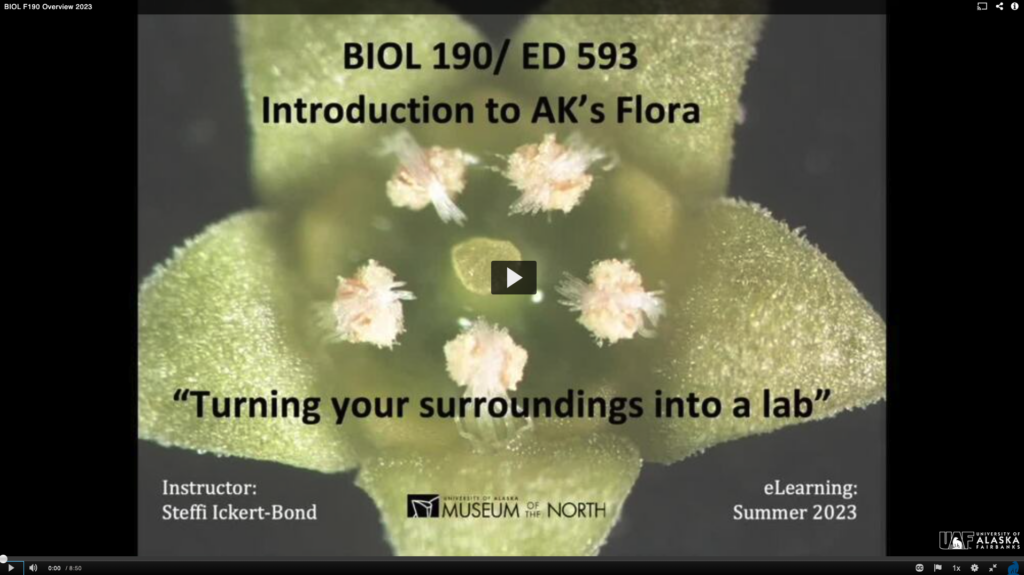
The Plant Family Tree

How Plants get their Names
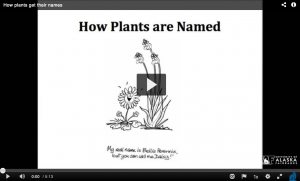
Options for Home Microscopy
It is important for you to have a tool that will allow you to examine the minuscule plant parts of specimens you collect. I make a number of affordable suggestions and have linked to those options in the video description (when you click through to the video page). But for the most part your smartphone will be very powerful and should allow you to take the images you need. A standard SLR camera will be great too.
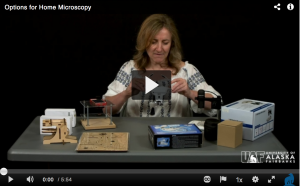
Vascular Plant Morphology Videos
Activity
Plant Morphology Quiz 1
The Vegetative Morphology quiz will help reinforce your understanding of the vocabulary associated with the aspects of plant morphology covered in the first couple vegetative morphology videos. The quiz is meant to serve as a study aid, and you are able to take it as many times as you like. You will find the quiz by going to Canvas site for this course, then navigating to Course Modules -> Week 1 and Quiz 1. The grade of your final attempt will be recorded in the grade center.
Assignments
You have two assignments this week. They are outlined below.
Student Introductions
Now that you’re familiar with the inner-workings of this class it is time to introduce yourself. Describe yourself in some detail to the class, what has your botanical journey been like up to this point? Do you enjoy foraging, gardening, hunting? What is/are your favorite plant (s)? Please post your introduction to this website.
- Log into this website by going to the login link at the bottom of the right sidebar or by going to https://introtoflora.community.uaf.edu/wp-admin/
- Use the same username and password you use to access your @alaska.edu email to log into this site.
- Once you’re logged in, create a new post by hovering over the “+New” link at the top of the screen and clicking “Post” (when you’re logged in).
- Write your introduction and include a picture of your assembled microscope. Click the “Publish” button when you are ready to share it with the class. Please disregard the BIOL F195 identifier, the class used to be called BIOL F195, but now it is BIOL F190.

iNaturalist
- Create your iNaturalist account (help is here)
- Share it with me using the Google Form below.
- Join the Alaska Plants & Fungi project
- Make 5 observations. Try to include a habitat shot, an overview of the inflorescence, an image of the upper and lower sides of the leaves, a closeup of the flowers, and fruit (if available). Please consider one plant a single observation and thus the different images are part of the 1 observation. In total you should document 5 different plants for the required 5 observations each week.


